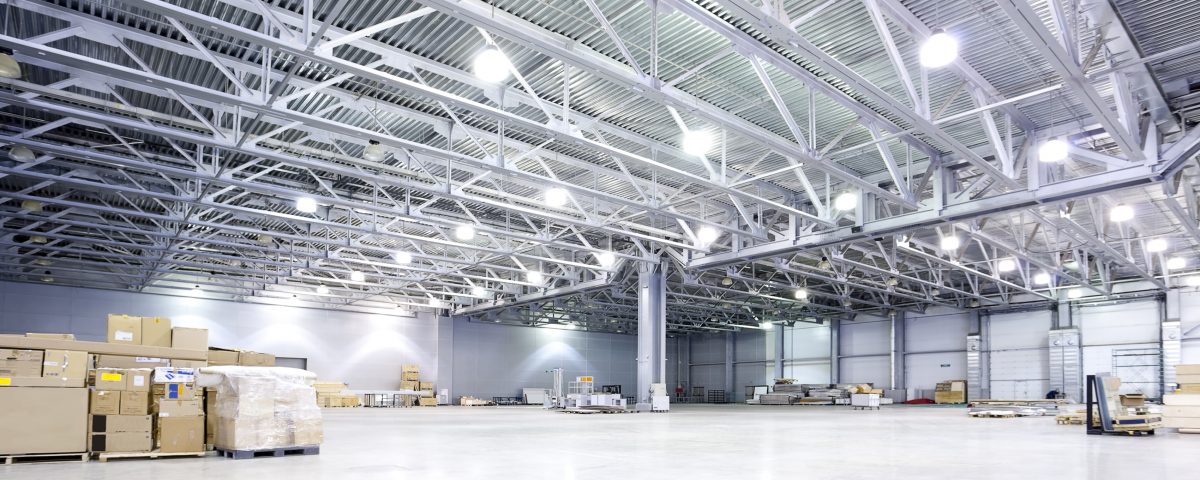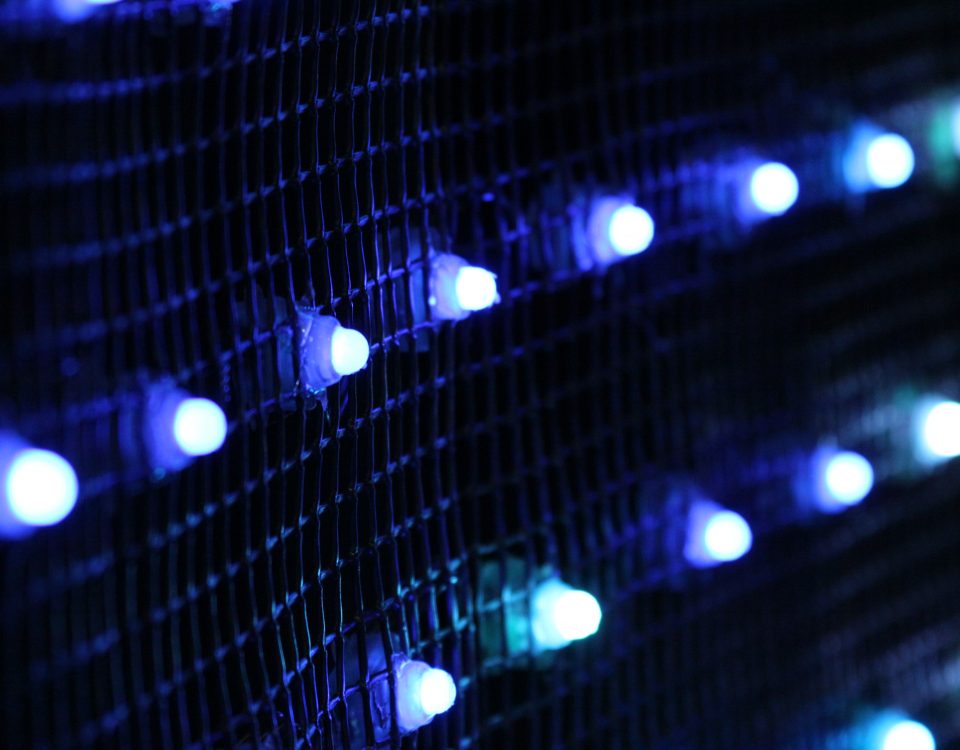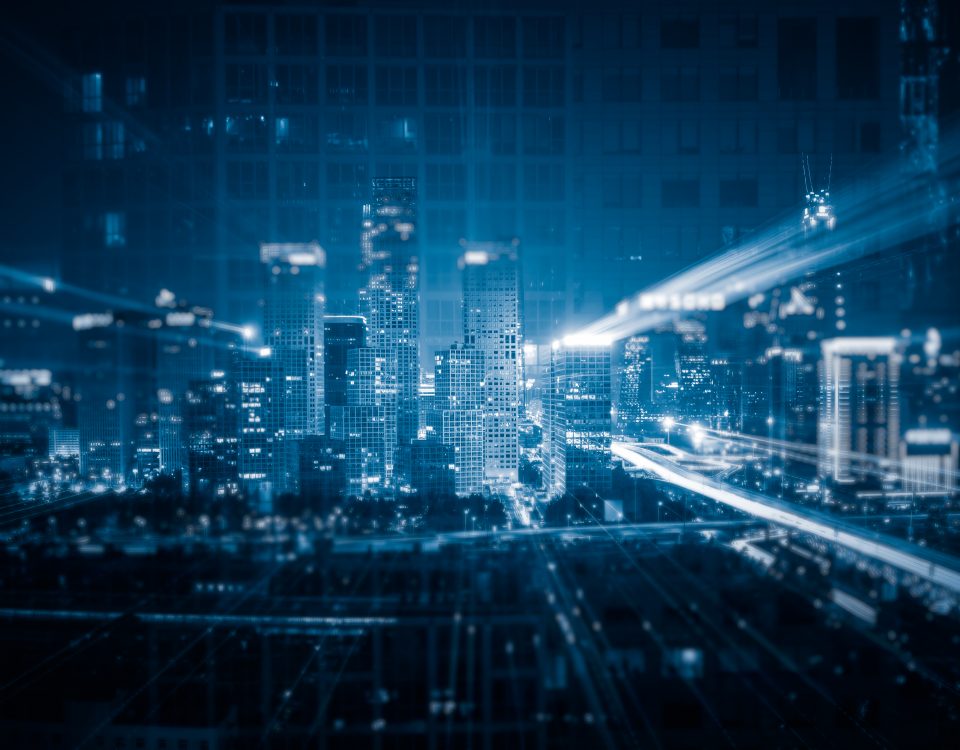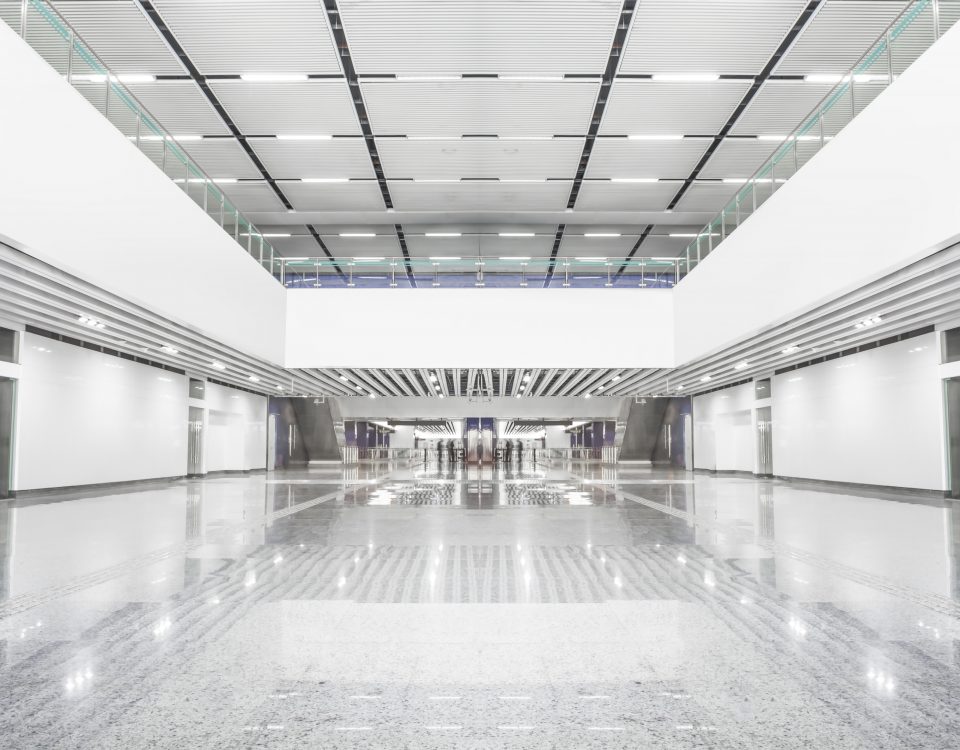Have you got a factory, warehouse or transport depot with led high bay lights? If you have, take a walk around after you read this blog and look up! Are your facility’s light fixtures round (dome) or oblong-shaped and emitting a fair bit of heat? If so, chances are you’re burning a lot more energy and spending a lot more money than you need to. More likely than not, your fixtures are 400w Metal Halide (MH) lamps.
Metal Halides
Once upon a time, MHs were prized for their brightness, energy-efficiency and long life. Not so now, when compared to light-emitting diodes (LEDs)!
MHs work similarly to fluorescents in some respects and incandescents in others; they pass an electrical arc through a gas-filled tube like a fluorescent, but, like an incandescent, the arc itself creates bright, visible light. That process is inefficient about 75 percent of the energy MHs consume is wasted as heat.
LEDs v Metal Halides
Efficiency & Energy Saving
Since LEDs are inherently directional, they emit almost all of their light output in the desired direction, rather than dispersing it in all directions like MHs.
Lumens is a measure of the light generated by or brightness of a light fitting, while watts is a measure of the power used by the light.
Modern LED high bays can produce 160+ lumens per watt. A 400w MH will typically produce around 90 lumens per watt.
MatrixLED has a LED high bay light that is approved under the NSW Energy Savings Scheme for the creation of energy savings certificates (ESCs), ideally suited to factories, warehouses and transport depot, which produces 160 lumens per watt (in 95w and 135w versions). You can find out more about its specifications here.
Including the ballast with the 400w MH fixture, the energy saved per light, by switching to the 95w LED high bay light, is 345 watts (440-95). Imagine this over 100 lights operating 24 hours a day for 7 days a week for a year. The energy saving is about 302,215 KwH. At an average electricity price of, say, $0.17 per KwH, this means a cost saving of $51,377 in one year! Why don’t you use our savings calculator to work out your potential savings, given your number of lights, operating hours and the weighted average electricity price you pay?
Lifespan
While MHs can generate about 35,000 lumens when initially installed (around 90 lumens per watt), lumen depreciation occurs quickly. A MH’s light output typically decreases by half within a couple of years.
By contrast, a high-quality LED will last 50,000 hours or longer. A LED does not burn out like a standard lamp, so individual diodes do not need to be replaced on an array. Instead, the diodes gradually produce lower output levels over a very long period of time. If one LED fails, it does not produce a complete fixture outage.
Although LEDs never really burn out, product lifespan is measured by lumen depreciation. The life of a LED is generally calculated as the point at which the LED reaches 30 percent lumen depreciation.
It’s important to remember that a 50,000-hour rating for an LED is not equivalent to a 50,000-hour lamp life rating (if such a thing existed). A high-quality LED will function for well over 100,000 hours in its capacity as a light emitting diode. A high-end LED rated at 100,000+ hours would be used as a light source for approximately 50,000 hours. After 50,000 hours, the LED would still be operational, but at a decreased lumen output and would probably warrant replacement.
What does this comparison mean? MH lights have to be replaced far more often, which means even greater savings if you switch to high bay LED lighting.
Other Comparisons
Relatively high energy use and shorter life aren’t the only drawbacks of MHs; here are a few others:
- MHs require up to 15 minutes to reach full brightness when first turned on and up to 20 minutes before they can be turned on again when they are turned off;
- MHs emit significant heat which, not only reduces their efficiency, but makes air conditioning work harder relative to LEDs;
- Older MHs can explode with no warning, requiring the use of protective, enclosed fixtures; and,
- MHs contain mercury gas and the mercury from discarded bulbs can be harmful to the environment.
By comparison, LED high bay lights have:
- Instant start up, no warm up phase
- Reduced running temperatures and heat load on air-conditioning
- No hazardous mercury and environmental disposal issues
- Enhanced compatibility features (can be easily integrated with a myriad of advanced dimming and control options)
- Exceptional colour rendering
- Zero flicker and fatigue
- Zero ultra violet light emission
- Constant output, which does not degrade at low temperatures
#SwitchToLED
There is no better time, with various government energy savings schemes and incentives, to switch to high bay LED lighting. For example, in NSW you may be entitled to receive energy savings certificates (ESCs); the number of ESCs being directly related to the amount of energy you save. As mentioned above, the savings are significant in the switch from MH high bays to high bay LED lighting. At the time of writing, ESCs are being traded at a value of $23 each.
The ESCs associated with the kind of savings discussed above will mean that your net outlay is significantly reduced; many customers are achieving payback periods measured in single-digit months.
MatrixLED is a leading provider of LED lighting solutions designed to meet the evolving demands of today’s businesses. Contact us today for a free consultation and quote to replace your metal halide high bays with our high quality LED high bay light and start saving immediately.
Learn more about our energy-efficient lighting by visiting the MatrixLED website, and don’t forget to read our other blog posts to know more about the benefits of LED lighting. To find out how much you can save when you switch to our products, use our free Savings Calculator!





